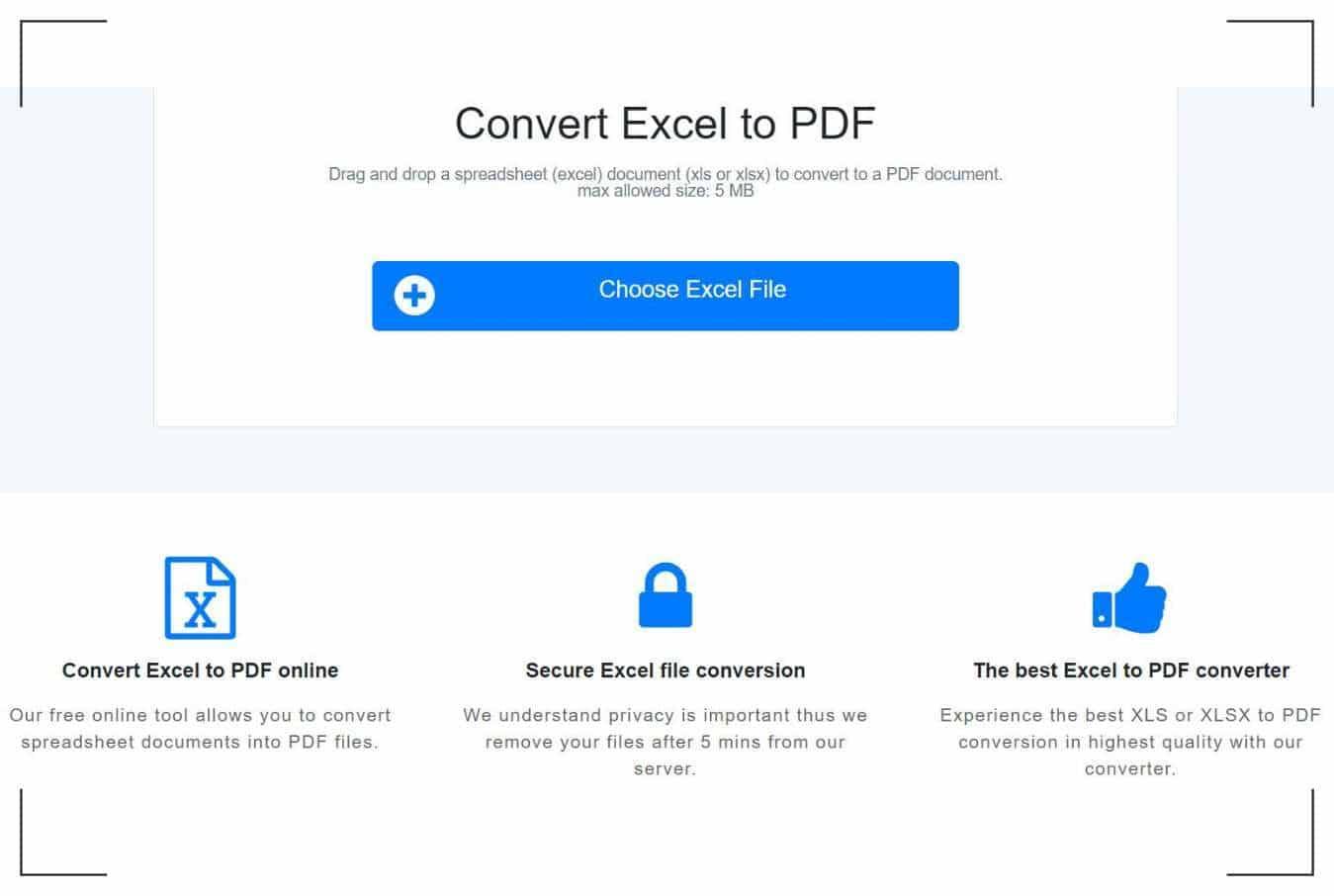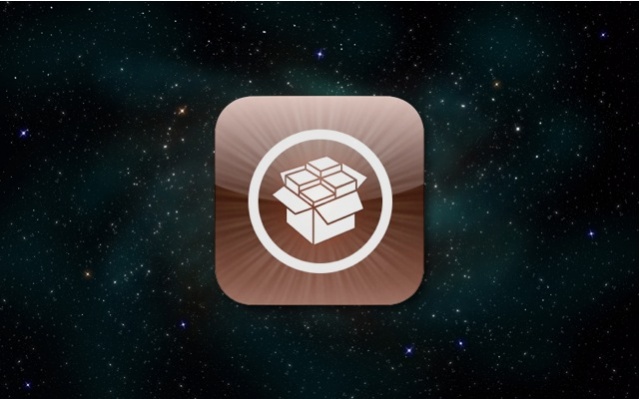Everyone knows that your site design and content can be the difference between success and failure, but that doesn’t make it any easier to create a great site that engages and converts. The internet is saturated with so many varying opinions on the best ways to go about creating great web pages that it can be overwhelming, to say the least. Luckily, there is a simple and easy guide to creating great web pages regardless of business or niche.
Step #1: Get an Easy Website Builder
Before you jump into design and content, make sure you are using an easy website builder so every element is simple to change and tailor to your exact needs. Follow these tips when choosing your site builder for the best results:
No code necessary – no code, no problem. Choose an easy website builder that allows you to drag and drop blocks and elements
Templates – every builder offers them, but look for unique, responsive designs that reflect your branding
Affordability – you do NOT need to spend a lot to get a lot. Look for a cost-effective solution that meets your needs
Pro-Tip: Security matters. Website builders like Ucraft offer secure hosting on Google Cloud.
Step #2: Content That Delivers
If your content is too long or too short, chances are your visitors won’t stick around. The ideal choice is crafting interesting and informative content that speaks to your audience, has good readability, and leaves them wanting more. Here are some tricks to gauge your content:
Take time to consider the customer – knowing who you are writing for will help you style and create content for your target audience
Purpose – understanding the purpose of each page is a must. Your “about” page should be straightforward, concise, and inspire your audience to browse through the rest of your site
Feedback – analytics and other helpful feedback will help determine if your content is having the right effect
Goals – example: increasing traffic, getting more downloads, growing your community of subscribers, or social media shares.
Step #3: Design Matters
Aside from text, the design should also deliver the right message. Too many contrasting elements or colors will make your visitors click away as fast as possible. At the same time, if your site is too plain, your visitors will also not engage. Consider the following when choosing your design elements:
Your logo – Choosing a logo can be one of the hardest elements in your overall design. Luckily there are website builders that offer built-in logo makers to create high-resolution designs you can easily add to your site.
Online Store – Just like a brick and mortar shop, you want your site to have a user-friendly and attractive storefront. Choosing the right e-commerce template can make a big difference, so take your time and look at what your competition is using to provide the perfect user experience.
Images – A picture is worth a thousand words and should be used alongside other relevant media. Just make sure your images are compressed or cached so the load time isn’t affected. More than 3 seconds and your traffic will go elsewhere.
Step #4: Links and Duplicates
Often overlooked, links are a critical element for each of your web pages. Broken links will negatively impact your traffic and rankings. Use a broken link checker to make sure you have no 404 errors.
Another crucial step is making sure you don’t have duplicate content, which also will hurt crawling and rankings on SERPs. Use free tools like siteliner to make sure your site is free of broken links, duplicate content, redirects, and other issues that are hurting your site.
Step #5: SEO
Last but not least, make sure each web page on your site is optimized. There are so many different SEO strategies and tools to use, but if you zero on these you can increase traffic and rank better.
Keywords – long-tail keywords should be placed naturally throughout your content
Index – your site should be indexed on all the major search engines such as Google, Bing, and Yahoo so they can crawl each page
Use Permalinks – URL structure matters, so add text instead of numbers to create good permalinks
Wrap Up
Creating a website that has impactful, informative, and beautifully designed webpages doesn’t have to be hard. By following these steps, you can have a site that attracts more traffic and converts your audience. Before you start, choose an easy website builder, create an engaging (but balanced) design and produce content for your target audience. Clean up any broken links and duplicate content, and optimize all of your pages with great SEO techniques.
Did you enjoy reading this article? Like our page on Facebook and follow us on Twitter.









